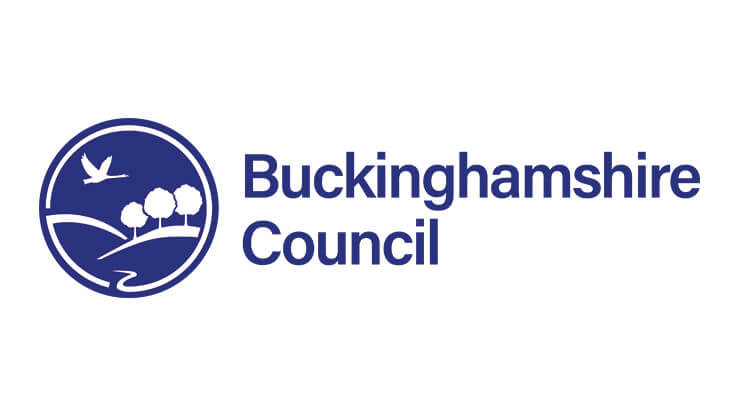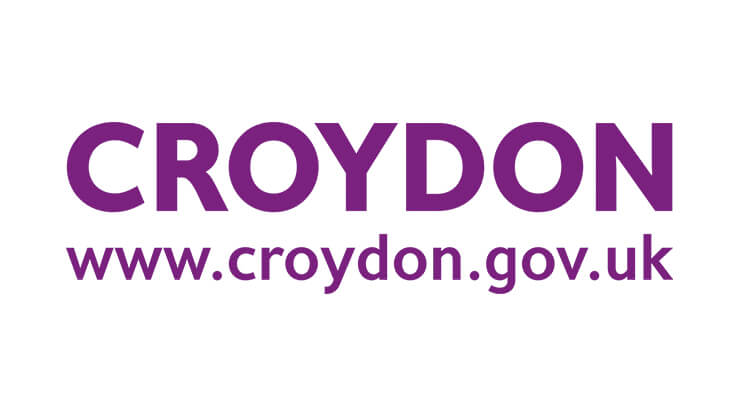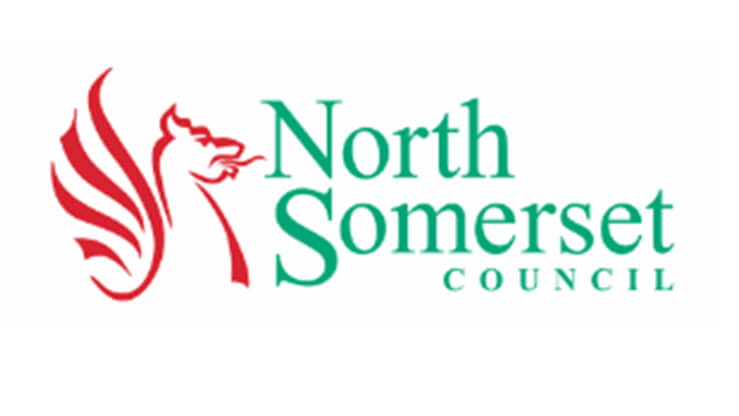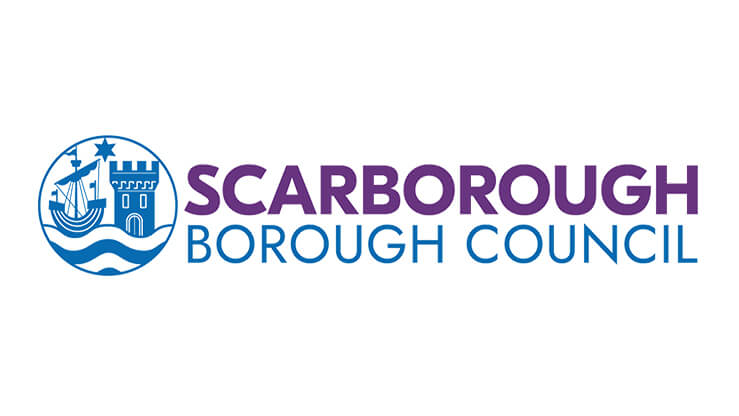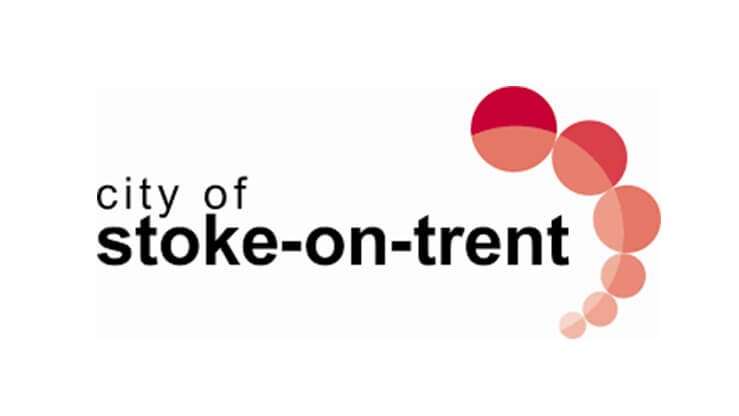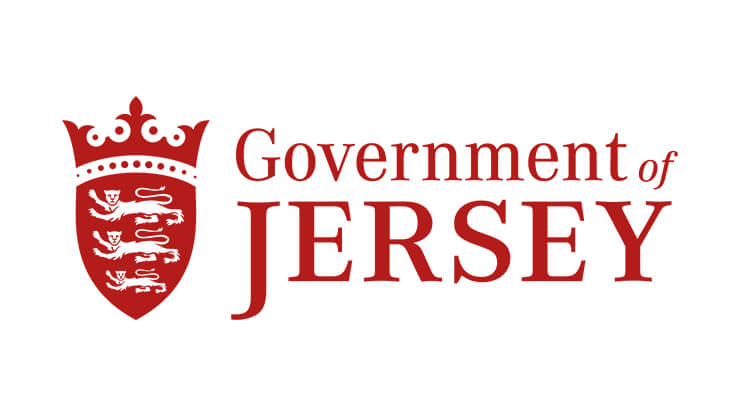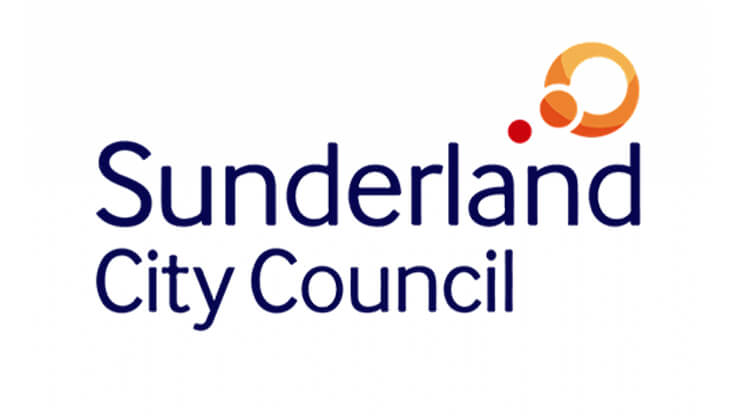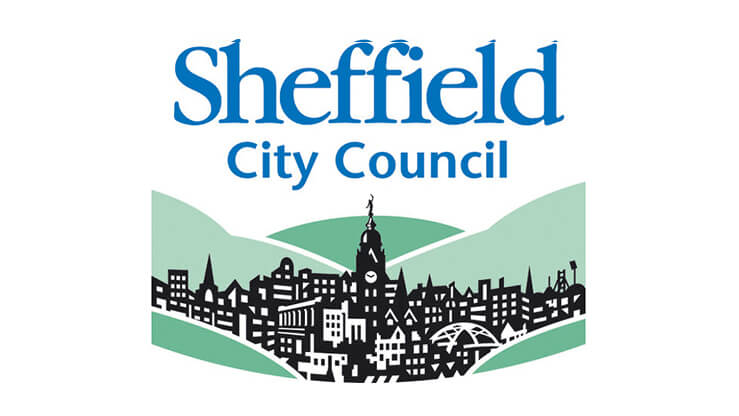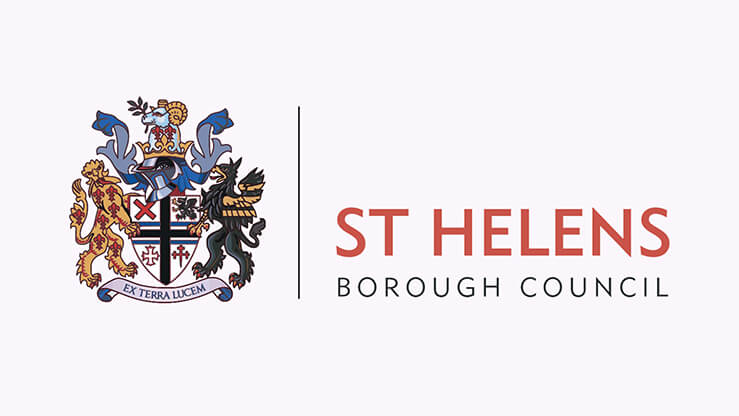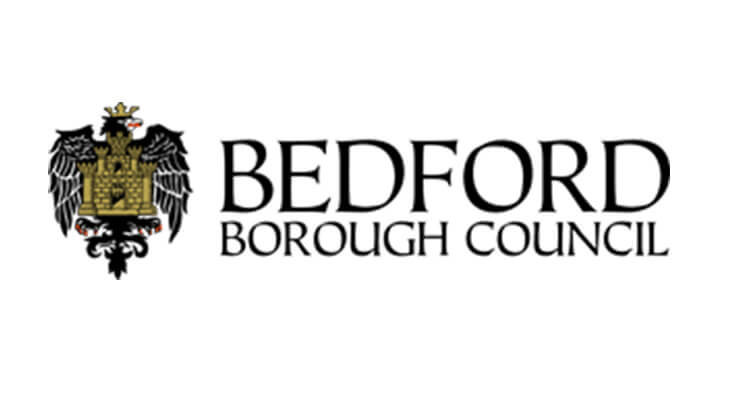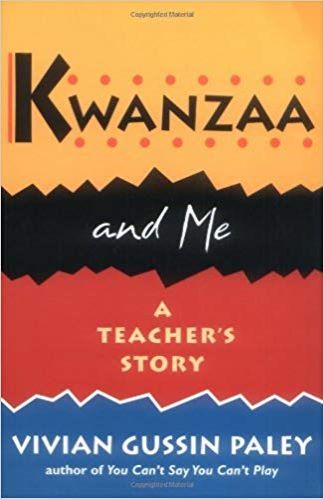
Kwanzaa and Me: A Teacher’s Story
by Vivian Gussin Paley
Review by Yu-Ching Huang
Yu-Ching Huang is an English teacher in Taiwan. She translated five of Vivian Gussin Paley’s books into Chinese and has applied Storytelling and Story Acting in her class since 2003.
Book No: 8 – 1st published: 1995
As we continue to search for ways to identify and support each other’s differences, we may discover that individuality is and always has been the greatest commonality we share. And someday, when nonconformity itself becomes the tradition, our children and we ourselves will be ready to accept as a matter of course the many images of humankind.
Kwanzaa and Me is the continuance of Vivian Gussin Paley’s first book – White Teacher, written in 1979. Like White Teacher, Kwanzaa and Me dives into the complexity between black and white society. This time her focus was centered on the differences between integrated schools vs. all-black schools, an issue that had become more and more common place in her society.
Vivian Gussin Paley wanted to know why fewer and fewer children were enrolling in her integrated school. Which would be better; an all-black school or an integrated school? She discussed the concern with the parents of her students and the teachers she met across the country.
Some supported integrated schools because ‘it’s important for black kids, all kids, as early as possible to be exposed to a multicultural environment.’ Others opposed the idea because ‘Let’s put that energy into our own kids, into our black schools.’ While still, a few wanted integrated schools but with more black kids and black teachers. Some didn’t mind the idea of an integrated school ‘as long as the learning environment is where it needs to be.’ But everyone had one thing in common: children need cultural support from family, community, and school.
The overall outcomes of her survey were promising. Many teachers knew the ‘whole mix of people was still the best hope for a democratic society.’ Vivian Gussin Paley concluded that it is the teachers’ job to provide the cultural support that every child needs. She suggested that parents and colleagues were brought in for informational purposes.
We must listen to their individual stories and try to imagine the stories that all the children who don’t look or sound like us might tell if they were in our classroom.
But how to talk with children about the issue of racism and discrimination? Almost from the beginning, Vivian Gussin Paley brought in storytelling. She created a story about an escaped slave, and gave him the name of the African-American holiday, Kwanzaa.
The characters in her Kwanzaa story were of different races. They told their stories and solved their social problems with the help of the children in Paley’s classroom. This was a brilliant way to help young children understand and discuss difficult issues and problems!
I am from Taiwan, a small island far away from the black and white world. But we have our own black and white issues. Rich vs. poor, city vs. rural, kids vs. kids in need. . . and the everyday hardship of the disabled, the sick, the elderly, the aboriginals, the foreign brides, and their children. Although we do not have diversity in skin color, the discrimination we face is not any less than from the rest of the world.
Kwanzaa and Me is international and universal. It is about the nature of human beings, and it talks about the problems we all face regardless of where we are from. By helping children solve the problems they might face tomorrow, then maybe tomorrow will be better.
We have a responsibility to children in guiding them through our cultural differences and Vivian Gussin Paley showed us a way – in storytelling.
